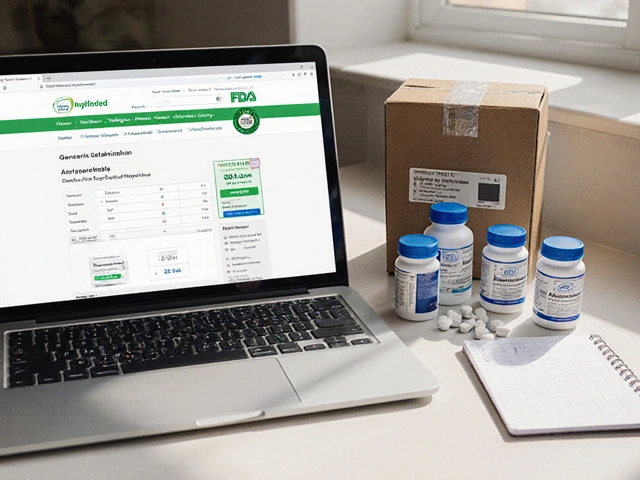Migraine Treatment: Affordable Ways to Find Relief
If you’ve ever felt a pounding headache that knocks you out for hours, you know migraines are more than just a headache. The good news is you don’t need to spend a fortune to get relief. Below you’ll find simple explanations, cheap medication options, and lifestyle tricks that actually work.
Understanding Migraine Basics
Migraines usually start with a warning sign – a flickering aura, nausea, or a sudden sensitivity to light and sound. Triggers differ from person to person, but common culprits include lack of sleep, caffeine overuse, bright screens, and certain foods like aged cheese or processed meat. Keeping a short diary can quickly reveal what sets off your attacks.
When a migraine hits, the brain’s blood vessels swell and release inflammatory chemicals. This is why medications that narrow vessels or block inflammation help stop the pain. Knowing how the migraine works makes it easier to pick the right treatment.
Cost‑Effective Treatment Options
Start with over‑the‑counter (OTC) drugs. Ibuprofen (200‑400 mg) or naproxen (220‑440 mg) taken at the first sign of pain can shorten an attack for many people. For those who need something stronger, generic triptans like sumatriptan or rizatriptan are usually 30‑50 % cheaper than brand names, and they work well if taken early.
If OTCs and generic triptans aren’t enough, consider prescription preventatives. Options such as propranolol, topiramate, or duloxetine are often covered by insurance, and buying the generic version can cut the price dramatically. Talk to your doctor about a low‑dose trial – many patients find relief with a small daily pill.
Buying meds online doesn’t have to be risky. Look for licensed Australian pharmacies, check for PBS (Pharmaceutical Benefits Scheme) listings, and compare prices before you order. Sites that verify pharmacist credentials and require a valid prescription are the safest bet.
Don’t forget non‑drug strategies. Regular sleep, staying hydrated, and a balanced diet can lower attack frequency. Simple habits like taking a 10‑minute walk at the first sign of aura or using a cold pack on the temples often reduce the need for medication.
For those who prefer natural options, magnesium supplements (200‑400 mg daily) and riboflavin (400 mg) have solid evidence for migraine prevention. These are inexpensive, widely available, and come with few side effects.
Finally, if you’re hunting for budget‑friendly combos, pair an OTC NSAID with a low‑dose triptan. Studies show the combo is more effective than either alone, and you’ll likely need fewer pills overall.
Remember, the best migraine plan is personal. Test one change at a time, note the results, and adjust. With a bit of patience, you can control attacks without draining your wallet.

Imitrex: Fast-Acting Migraine Relief, Benefits, Risks & Real User Tips
Dive deep into the world of Imitrex, a lifesaver for many migraine sufferers. Find facts on how this migraine medication works, who should use it, tips for safe use, and what real users wish they knew sooner. Get answers to your burning questions about side effects, alternatives, and why sumatriptan can be a game-changer. If migraines are part of your life, this guide is packed with info that actually matters.

10 Alternatives to Vibramycin You Should Consider
Jan, 31 2025



